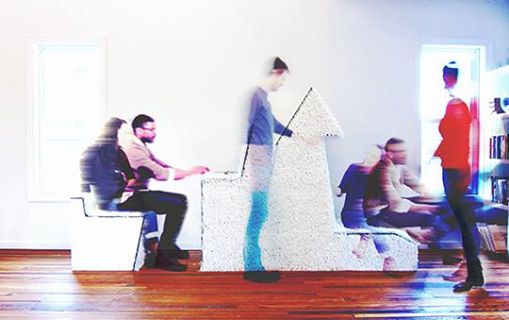Whether its adding content to an encyclopedia article on Wikipedia.org or marking up images from the Kepler space telescope in search of new planets on PlanetHunters.org, open digital participatory platforms like Wikipedia and Planet Hunters rely on volunteer contributors with any background and minimal to no training to stop by and help out.
This wide open invitation for anyone to contribute is tempered by a need for quality control, making sure that what a volunteer contributes actually adheres to and advances the goals of the project. Therefore open digital participatory platforms must operate by navigating a tension between what scholars Chris Kelty and Seth Erickson describe as the rhetoric of openness, encouraging anyone to participate, and the structural realities of openness, creating the terms and conditions around what participation looks like. As Tarleton Gillespie points out, open digital platforms like Facebook and YouTube have edges, meaning that while they welcome and encourage a wide range of participation, they have distinct terms of participation that constrain what we can and cannot do.
Through my research I have explored the conditions of participation on two digital platforms, Wikipedia and Planet Hunters, focusing on the different ways constraints around participation are created in order to both encourage volunteers to contribute while also ensuring that their work adheres to project goals. As I describe in a forthcoming publication, my findings point to constraints that have varying degrees of strength and that these constraints on participation can vary from feature to feature on platforms. For example, some features on a platform may impose heavy constraints on what you can and cannot do while other features may afford greater flexibility.
I describe these distinct conditions or spaces of participation and their varying constraints on the agency of the volunteer as the center and margin of participation, where the center constrains possibilities such that the contributions for volunteers are more likely to adhere to ideologies and objectives of the platform, while the margin offers greater flexibility around participation, allowing for contributions that may deviate from and even challenge objectives.
Continue reading →
